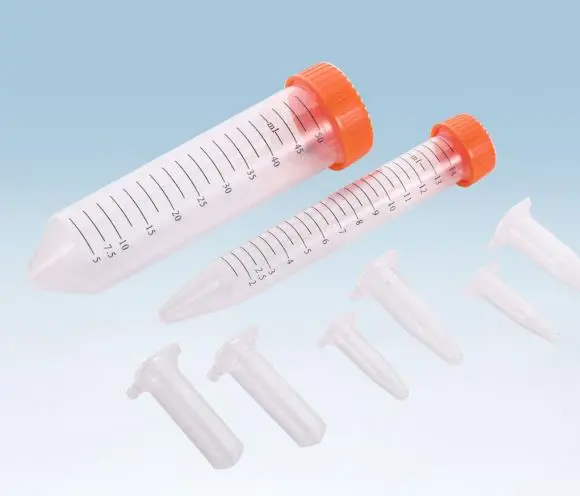Despite best practices, accidents involving broken centrifuge tubes can occur. A rapid, controlled response minimizes health risks and clean-up times. This guide outlines three key strategies—containment, assessment, and remediation—for safely addressing Centrifuge Tube break incidents based on decades of laboratory experience managing such emergencies. Understanding response protocols empowers laboratories to react promptly securing personnel while resuming activities expeditiously.

1. Containment
Upon breakage notification, immediately seal off affected Centrifuge Tube break or areas behind clearly posted Do Not Cross barriers. Close doors blocking airborne spread through ventilation. Don personal protective equipment like gloves, lab coats and eye protection before further assessment to avoid exposures. Have spill kits readily accessible for timely cleanups.
2. Primary Assessment
Quickly identify the broken tube and its contents noting any hazardous properties like toxicity, infectiousness or radioactivity. Stop exposed centrifuges safely if required unloading carriers within sealed rotors. Survey areas tubes may have projected material and determine appropriate containment perimeters. Log event details for documentation and preventative measures.
3. Secondary Evaluation
Inspect rotors, centrifuges and surrounding areas for trace contaminants through visual assessments or specialized detectors like radiation meters. Accurately define the extent and nature of contamination enabling well-calibrated responses. Consult material safety data sheets selecting compatible disinfectants or stabilizers if needed. Continue containment; avoid touching any spills.
4. Emergency Response
Restrict entry into contaminated areas securing ventilation intakes to control airborne dissemination. Don additional personal protective equipment as recommended. Contact radiation safety, chemical hygiene or biosafety officers for specialized assistance as required. Activate medical evaluation plans if exposures occur based on incident severity determinations. Report events according to regulations and procedures.
5. Cleanup Protocols
Apply absorbents or germicides to spills working from the outer perimeter inward using disposable wipes saturated in compatible disinfectants to minimize aerosols. Double bag and securely tighten all waste for controlled disposal following hazardous materials procedures. Thoroughly decontaminate all equipment, surfaces and protective gear involved before removing barriers and declaring spaces safe to reoccupy.
6. Documentation and Review
Record comprehensive incident reports outlining containment and remediation actions taken, affected equipment and rooms, personnel involved, waste disposal procedures, root cause determinations and lessons learned to strengthen protocols. Schedule refresher trainings reviewing best practices and emergency responses keeping safe procedures top of mind



